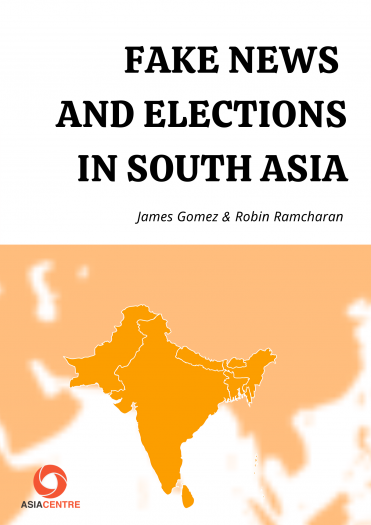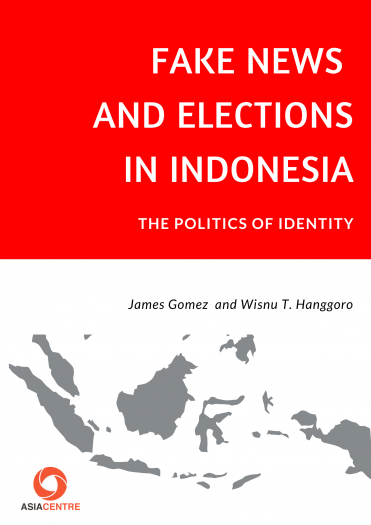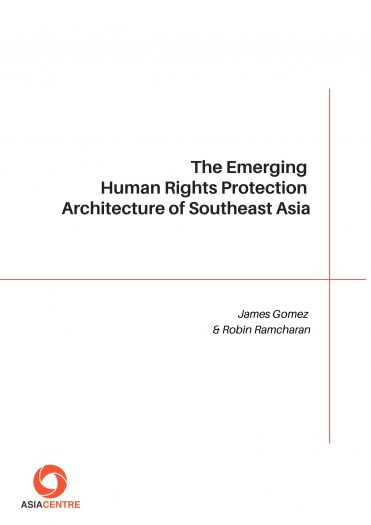Forthcoming

The book focuses on disinformation, fake news, hoaxes and foreign influence operations immediately prior to and during elections that have taken place in South Asia since 2016. The key question being addressed is whether the different types of fake news had an impact on voter behaviour, candidates’ policy positions, the electoral results and the politics of identity in each country.

The book focuses on disinformation, fake news and foreign influence operations immediately prior to and during elections that have taken place in the years 2016, 2017, 2018, 2019 and 2020 in East Asia. Chapters on Japan, Hong Kong, South Korea, Taiwan as well as chapters on China’s influence operations targeted at elections and political activities in these countries are encouraged.

The book focuses on disinformation, hoaxes and fake news immediately prior to and during the presidential elections of 2019. It makes comparisons to the 2014 presidential elections and also discusses the post-2019 elections scenario. The key question the book addresses is whether the different type of fake news had an impact on voter behaviour, candidates’ policy positions, the electoral results and the overall politics of identify in Indonesia. The book also examines and evaluates independent fact-checking initatives and reviews government policy measures.

Elections in Asia are increasingly witnessing a rise in information manipulation to influence voter views and behavior. Behavioral manipulation takes place as electoral candidates, political parties and interest groups take to social media to spread fake news with the aim of discrediting their opponents and gaining support for their electoral candidates and/or political parties. In this book, the authors will assess the impact of fake news on electoral outcomes in Southeast Asia from the years 2018-2020. The aim is to provide an understanding of the evolving issues related to fake news and elections and to review its implications for democracy in Asia.

This work explains the emerging human rights protection architecture of Southeast Asia. While the human rights protection challenges in the region are many, the authors seek to outline the rights architecture that has been developed over the last decade and the potential for the deepening of rights protection in the next decade and beyond. This architecture comprises the Universal Periodic Review (UPR) of Southeast Asia, the National Human Rights Institutions (NHRIs), ASEAN Intergovernmental Commission on Human Rights (AICHR) and civil society organisations (CSOs). An emerging complementary process is the Sustainable Development Goal (SDG) implementation and monitoring process, which harbours a thickening of the regional rights framework. The linchpin of this architecture is the AICHR and its linkages with the other processes. This work argues that there are normative and institutional avenues that are available to AICHR in order to develop a stronger regional protection mechanism. Key elements of a protection mechanism that will be explored include: the development of institutionalised engagement with civil society organizations in their formal deliberations, development of a complaints system, the role of the AICHR Representatives in advancing protection, better interaction with ASEAN’s other institutions, the incorporation of the UPR recommendations into AICHR deliberations and the need for a binding, legal regional human rights framework. This work seeks to constructively offer pathways towards improving the overall architecture. The study is timely, 10 years since the launch of AICHR.
